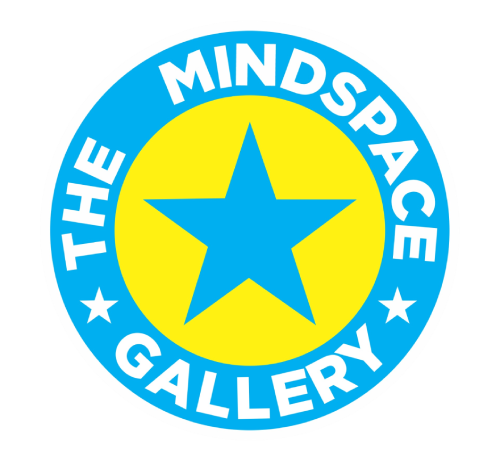It’s one of the biggest questions that comes to mind when we really, truly think about the value of art: can art make a difference?
Art influences society by changing opinions, instilling values and translating experiences across space and time. Research has shown art affects the fundamental sense of self. Painting, sculpture, music, literature and the other arts are often considered to be the repository of a society’s collective memory. Art preserves what fact-based historical records cannot: how it felt to exist in a particular place at a particular time. Art in this sense is communication; it allows people from different cultures and different times to communicate with each other via images, sounds and stories. Art is often a vehicle for social change. It can give voice to the politically or socially disenfranchised. A song, film or novel can rouse emotions in those who encounter it, inspiring them to rally for change.
Researchers have long been interested in the relationship between art and the human brain. For example, in 2013, researchers from Newcastle University found that viewing contemporary visual art had positive effects on the personal lives of nursing home-bound elders. Art also has utilitarian influences on society. There is a demonstrable, positive correlation between schoolchildren’s grades in math and literacy, and their involvement with drama or music activities.
Yes, art can change the world, but not in the way the modernist avant-garde hoped for. The avant-garde could change the actual situation because back then people hadn’t yet become zombies — they weren’t slaves to the media and to TV; people went to concerts, they listened to music. Now art is the last territory of freedom: if a person’s soul is alive they’ll come to an exhibition and they’ll feel something. But art is increasingly marginal: it can change the situation in a country only in the sense that it remains a little island for people who think and feel.



